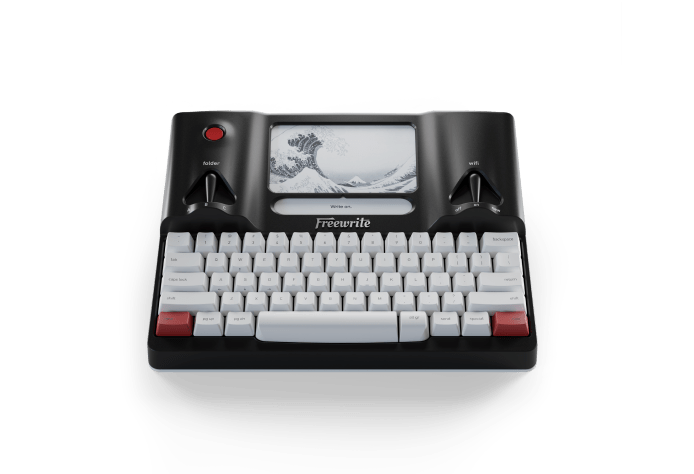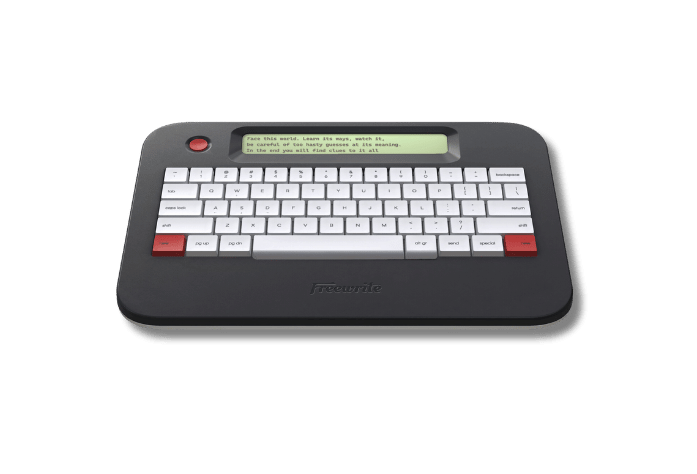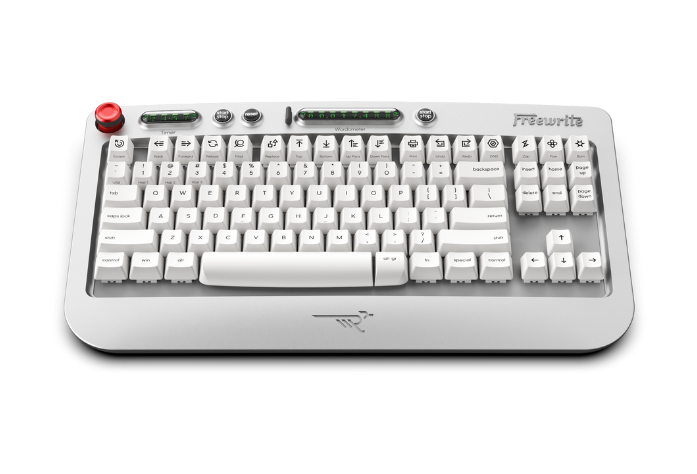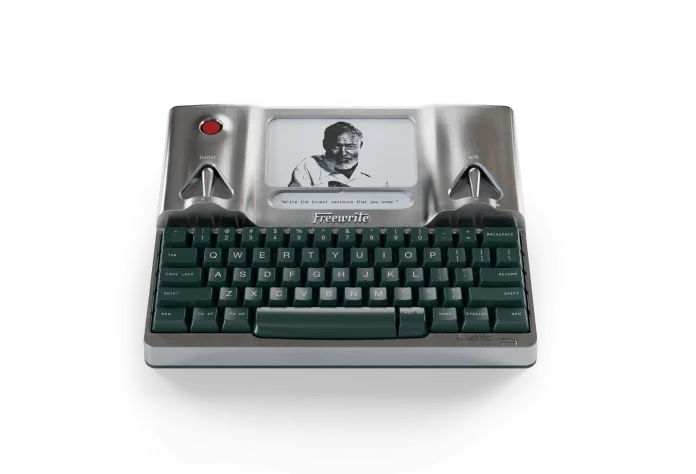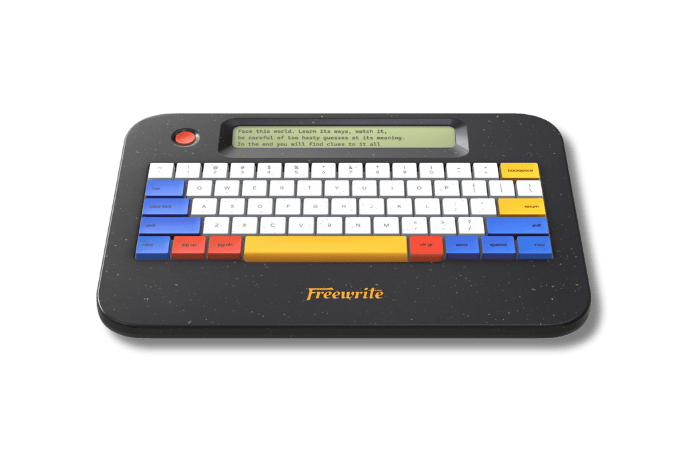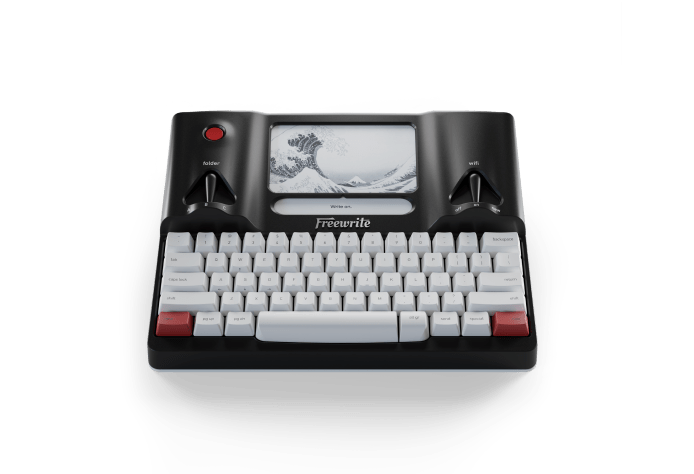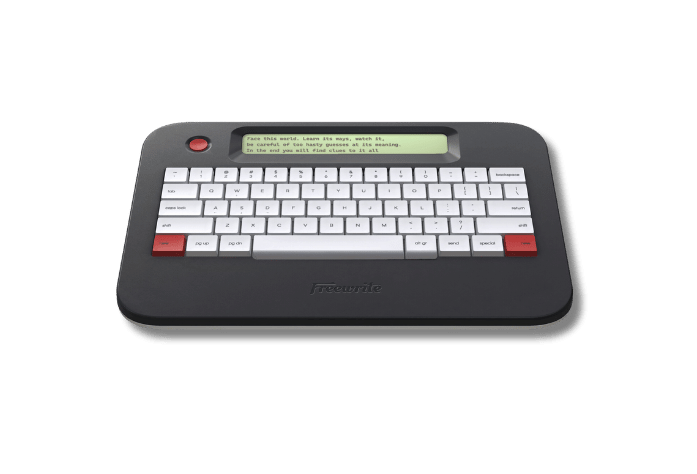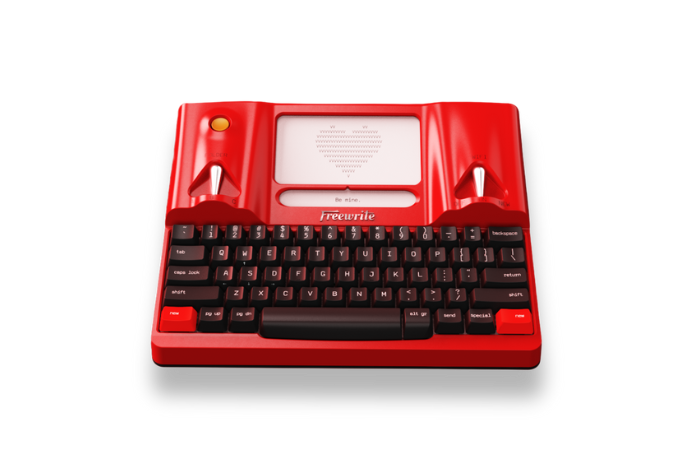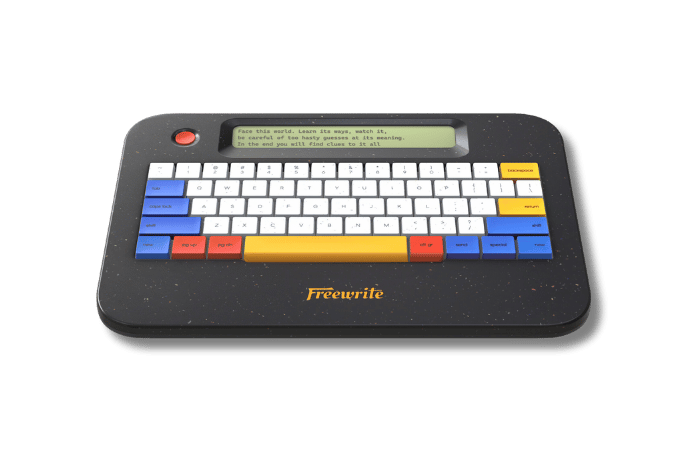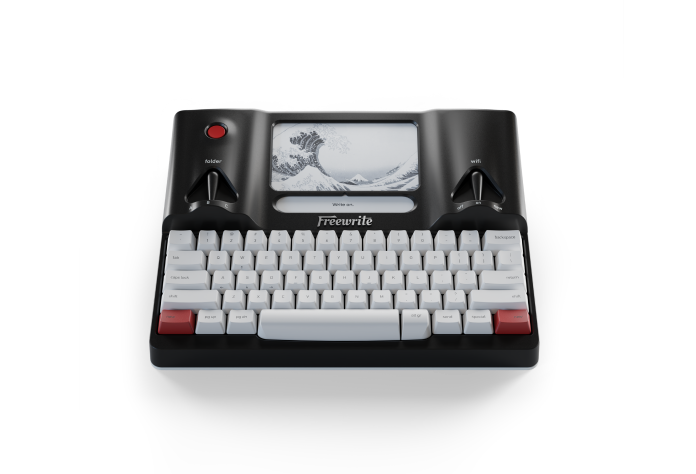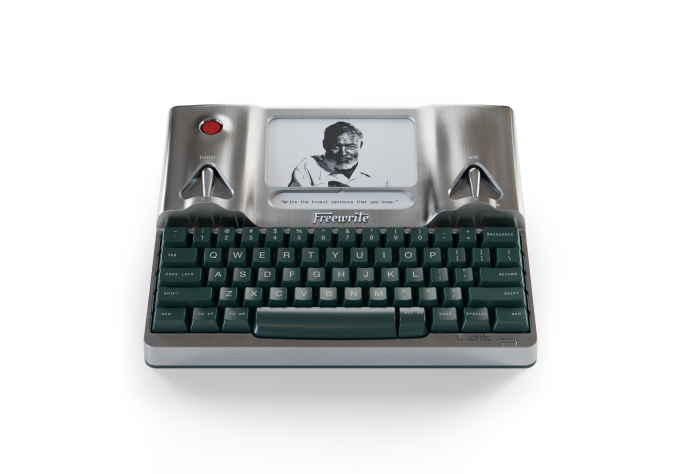So much of writing is managing your time. Deadlines come and go, but the words aren’t going to write themselves. Learning to manage your time will save you a lot of grief.
But what about when the words just won't flow?
You still have to write. And writing sprints are a great motivator for many to get through some of those tough periods.
It turns out a little competition — with others or yourself — can really push you through to the finish line.

Community Sprints
Writing sprints as a social activity were first introduced to me while participating in NaNoWriMo's November challenge for National Novel Writing Month.
NaNo's "municipal liaisons" in each region would host get-togethers and write-ins to provide a little bit of structure and accountability for those writers who wanted it. At a write-in like these, the leader would set a timer (usually for anywhere from 5-30 minutes), and whoever wrote the most words in that amount of time won the sprint.
The best group writing sprint I’ve been a part of actually took place at a chocolatier’s shop. The winning writer with the highest word count was rewarded with an artisan chocolate. Talk about incentive!
There are also online communities that host sprints, including the Freewrite Fam! Sign up to our email list to be notified when we're hosting a sprint.
Sometimes, all you need to focus is that little bit of competition.

Solo Sprints
Writing isn’t always so social, and our world is very full of distractions whether you're with friends or writing alone. I know when I’m sitting by myself in my office, writing anything from articles like this to working on my new book, it’s easy to get distracted by social media and research and kids — and anything else that might just snag my focus.
What I do in those instances is pull out my Freewrite and utilize the Pomodoro Technique.
This is a popular focus technique invented in the late 1980s by university student Francesco Cirillo who found himself overwhelmed by his studies.
Cirillo used a tomato-shaped kitchen timer ("tomato" is pomodoro in Italian) to give himself twenty-five minutes to focus on an overwhelming task and then allowed himself a five-minute break. After the break, he repeated the procss. After three or four of these cycles, he would take a longer thirty-minute break.
It turns out this type of method works wonders for me — and lots of other writers. For myself, I much prefer five minutes of focus and one minute of rest and then a ten minute break after five of those cycles. I have a Time Timer on my desk for when I’m on my computer, but I don’t need it when I’m using my Smart Typewriter or Traveler.
The Freewrite and Traveler both have a special secondary screen. Usually, I have that screen set to show me my word count, but when I need extra focus, I can switch it to a timer. Then, it’s able to show me how long I’ve been writing, and I can keep track of my focused Pomodoro sessions without even having to look away from my keyboard. It’s just one more thing that makes the Freewrite an invaluable focus tool for me to accomplish my writing goals.
Pressuring myself with a timer to get a small amount of words done works wonders for my productivity — it relieves the pressure and makes the task of writing seem more manageable.
And if I lose focus for one Pomodoro sprint, it's OK. Because there's another one coming right up. That small bit of structure is enough to get me moving forward and writing with ease.

